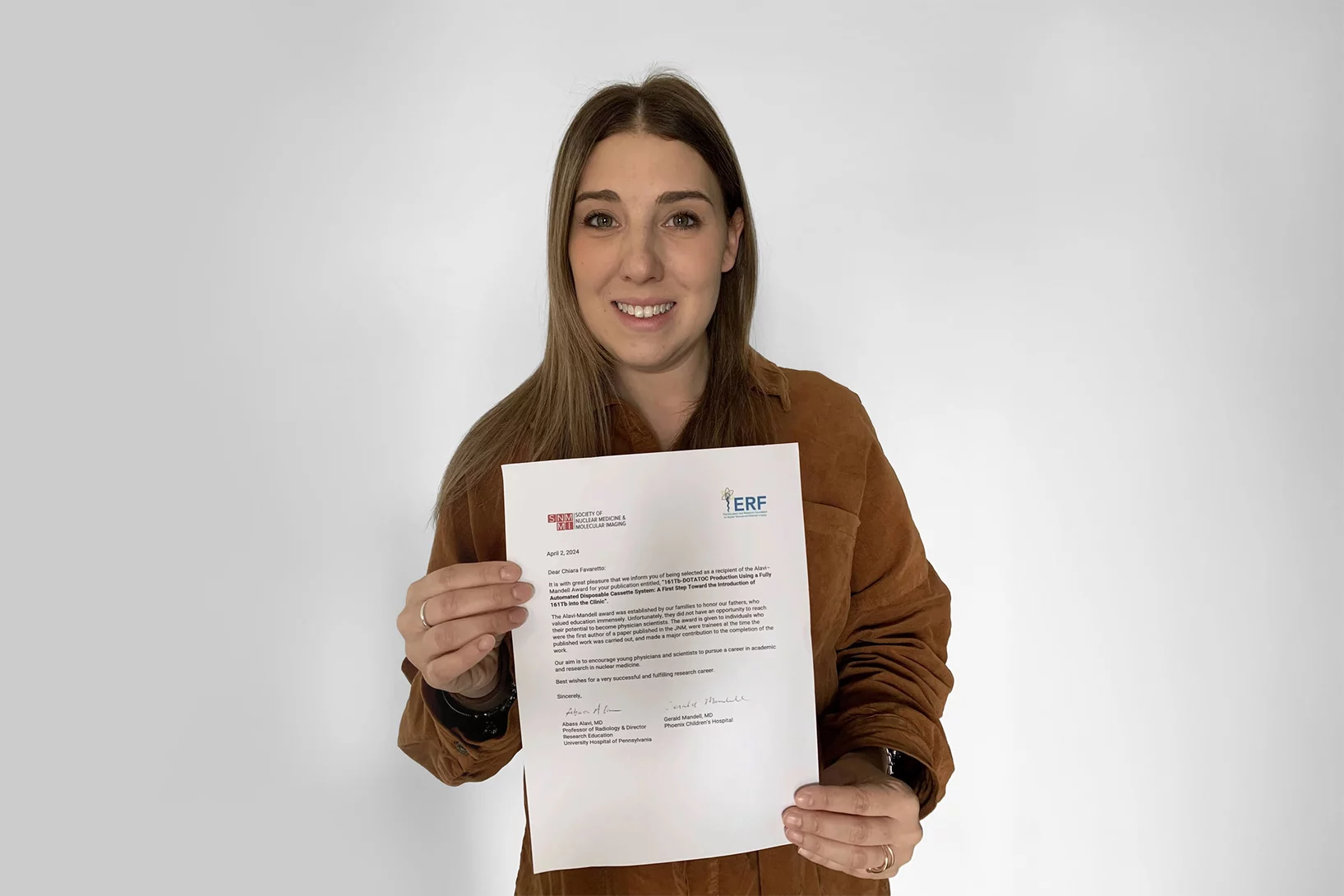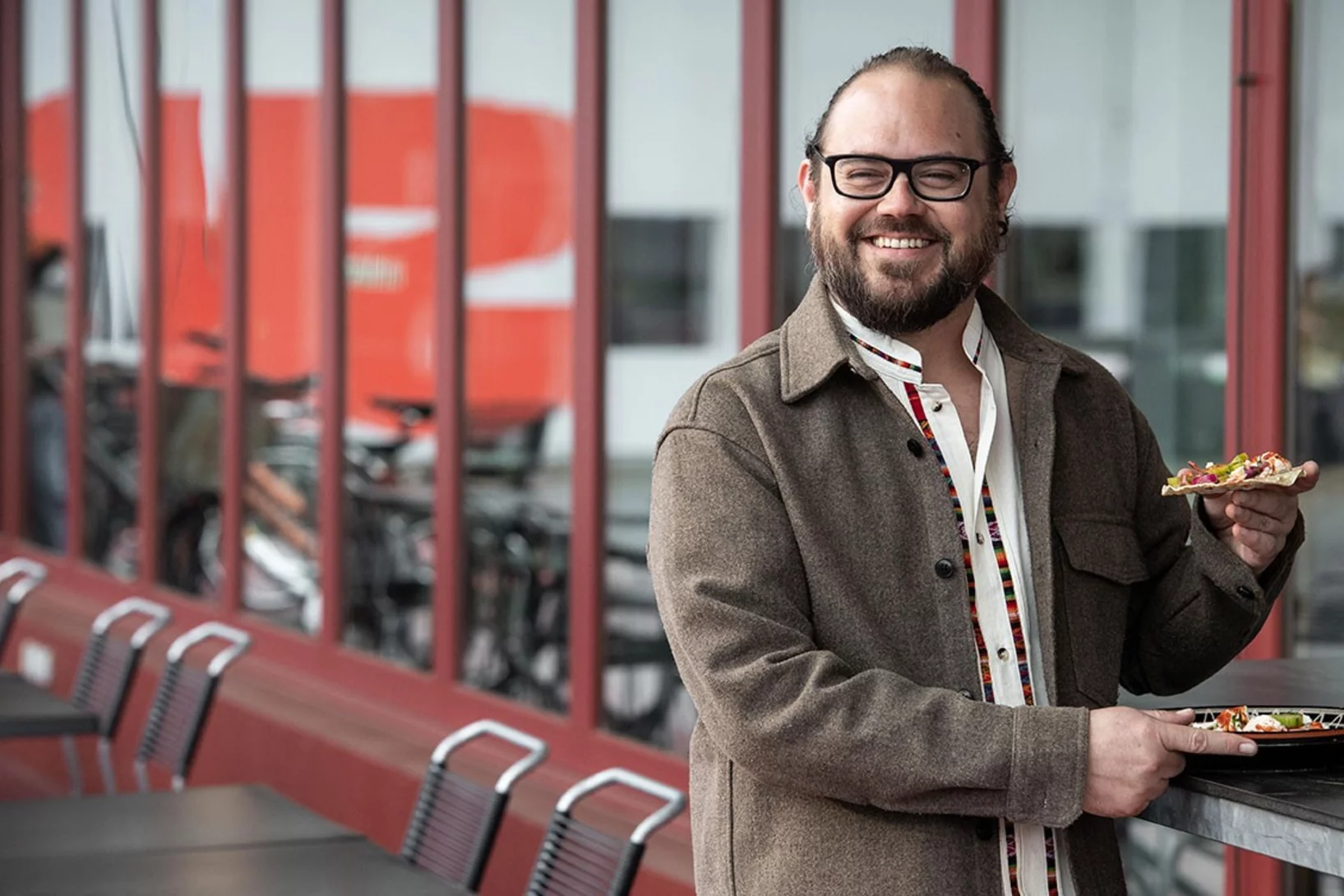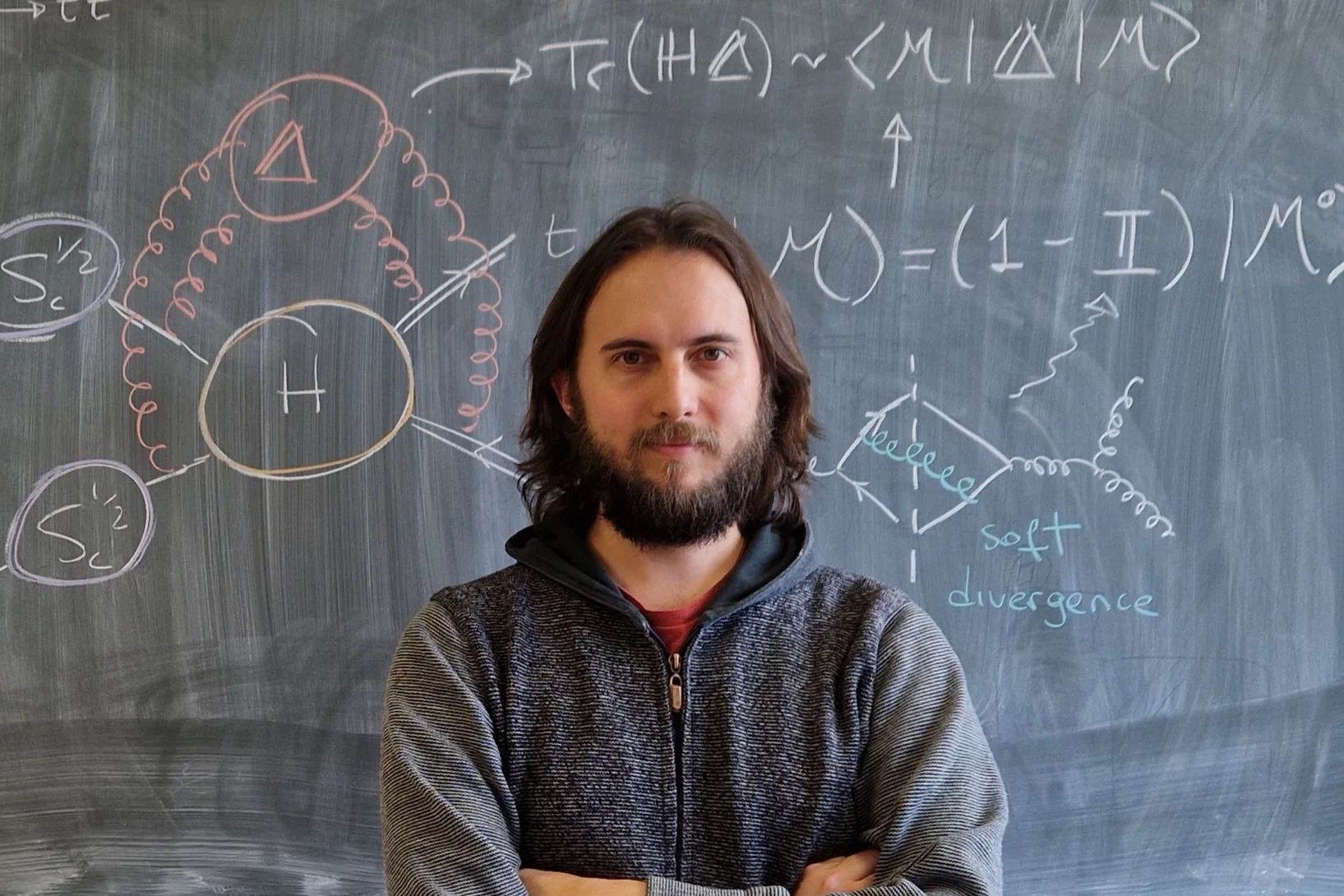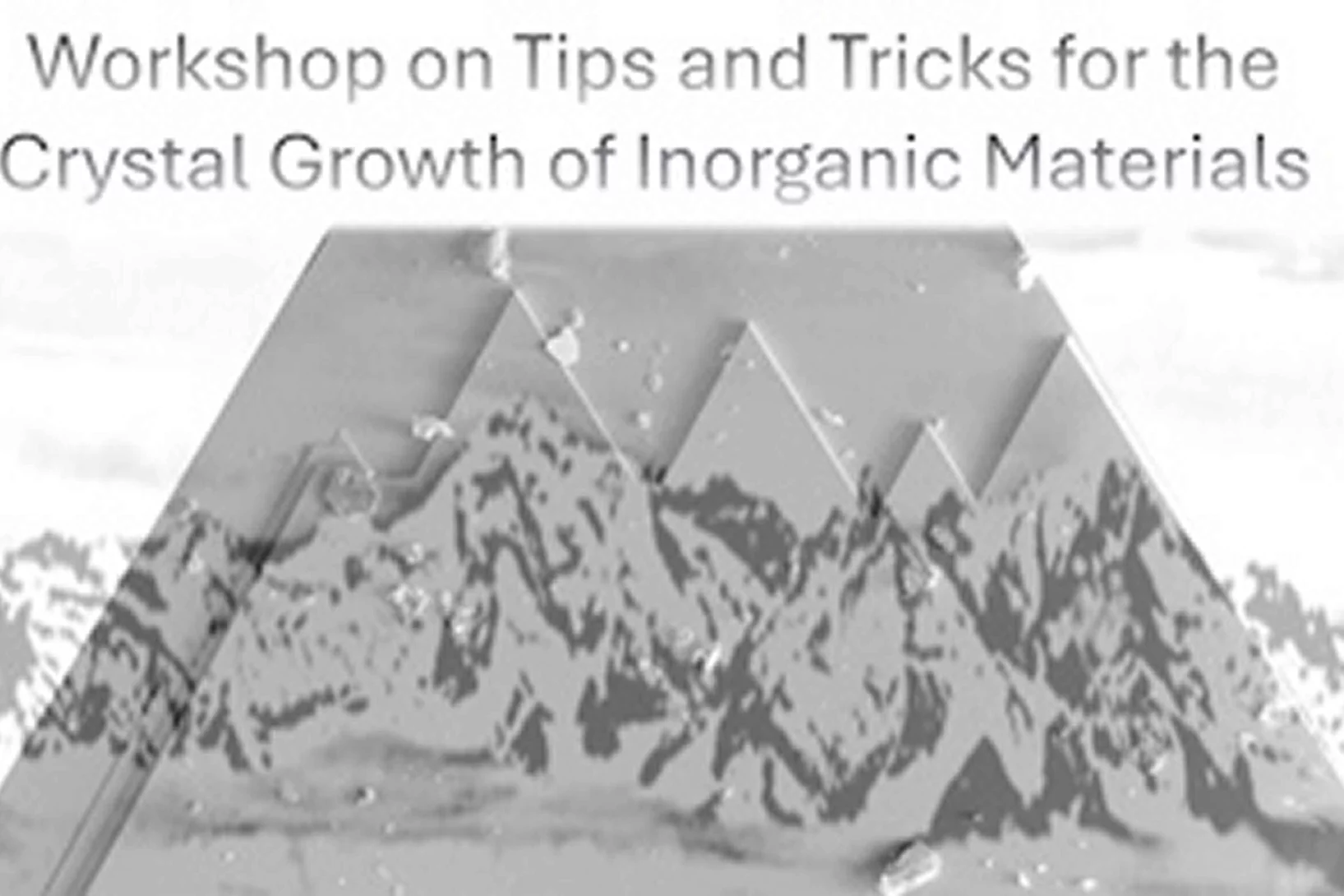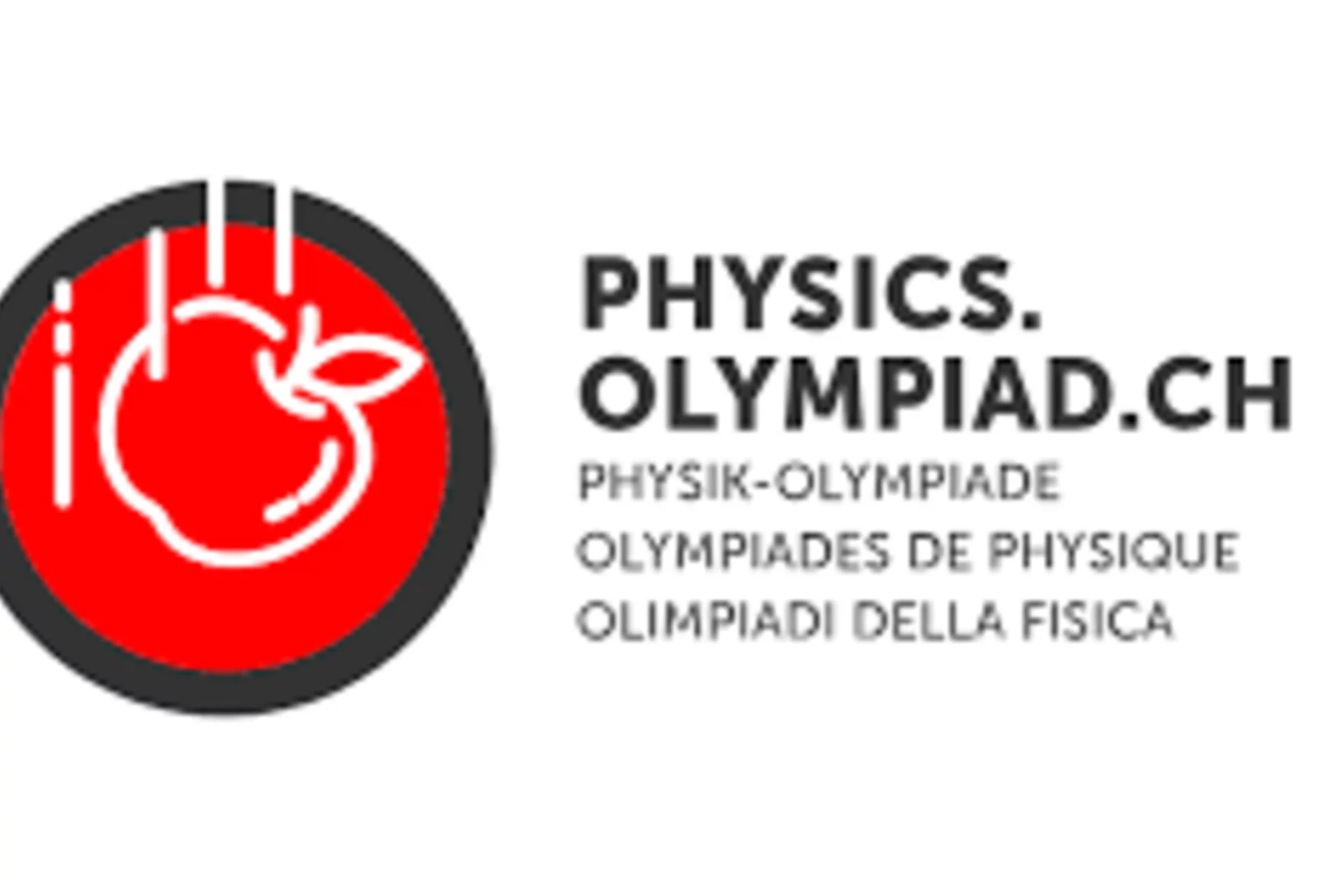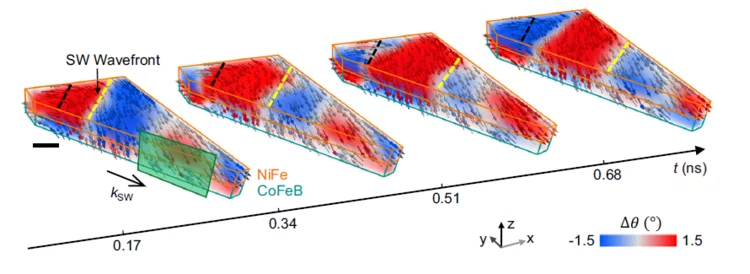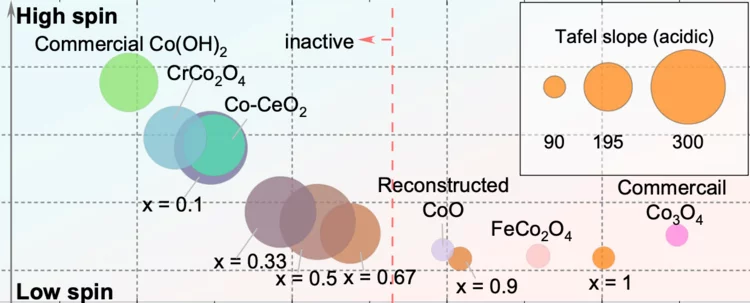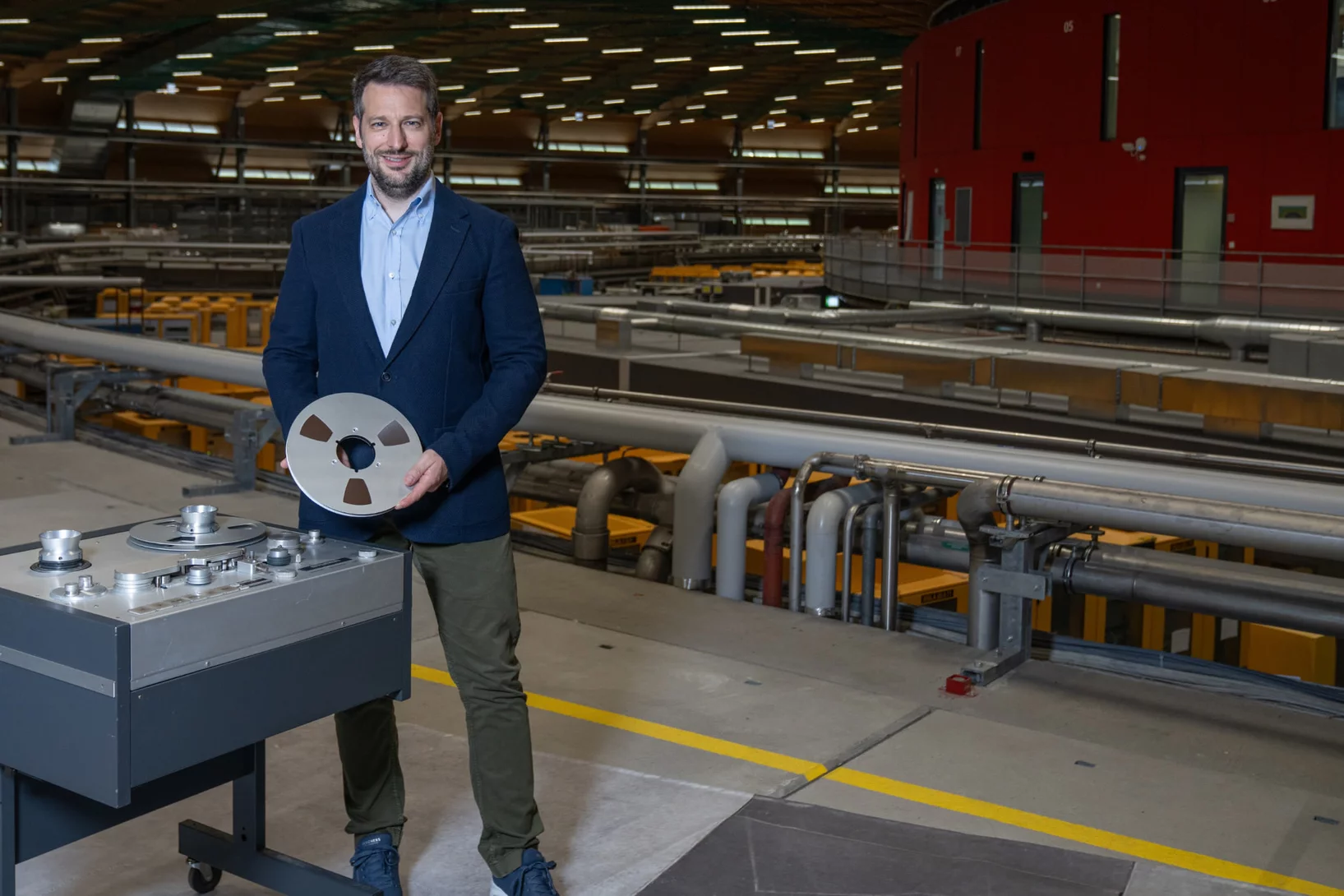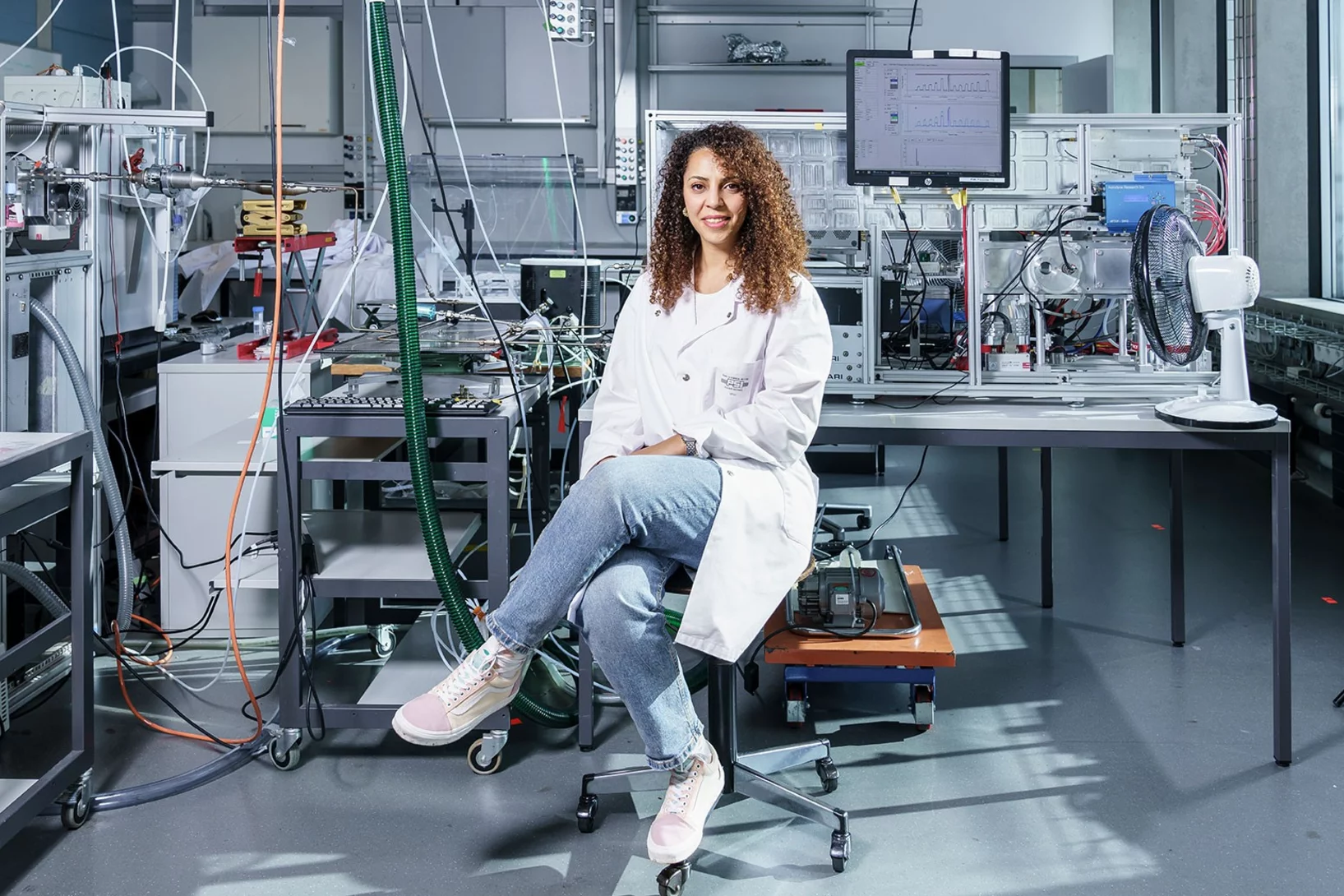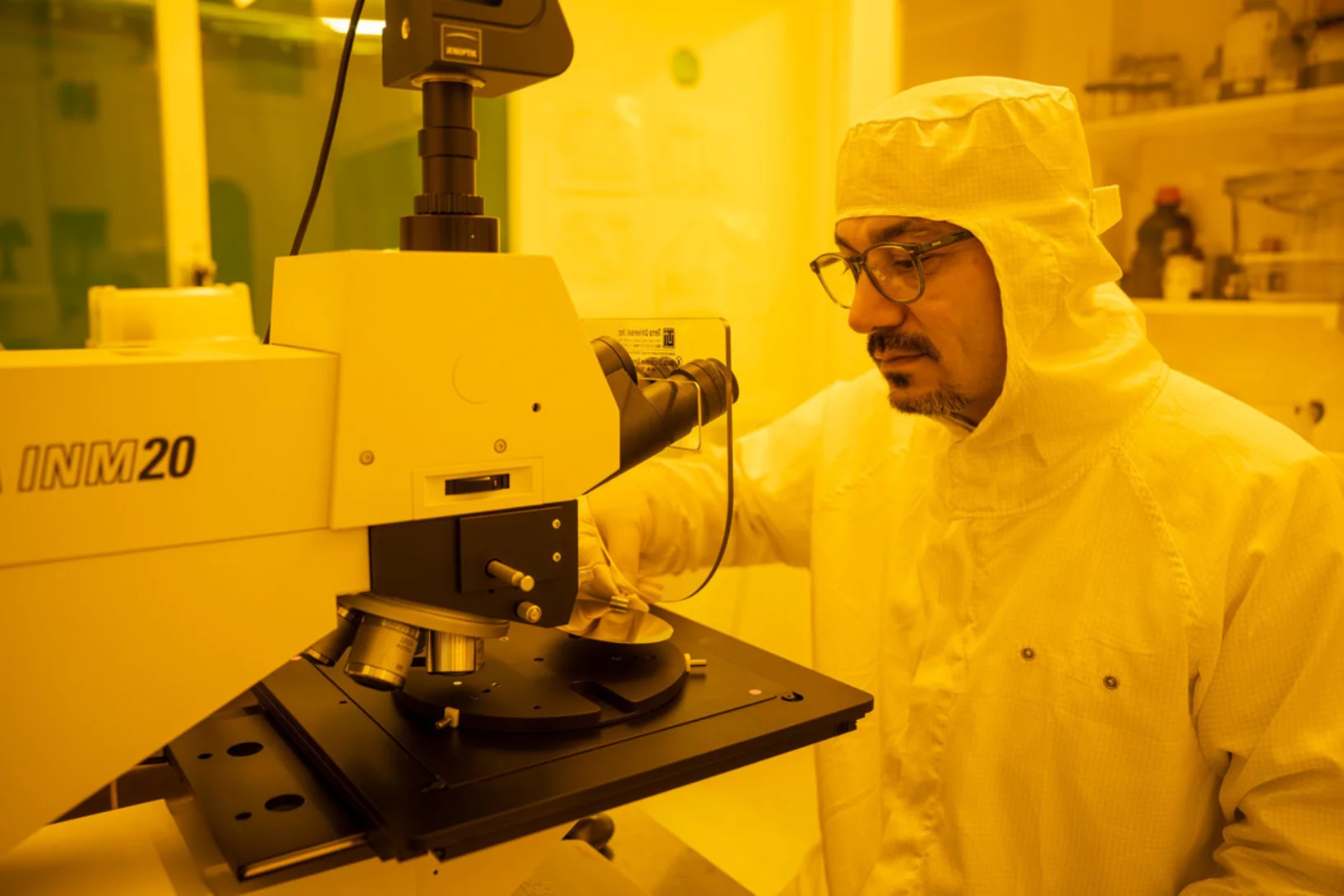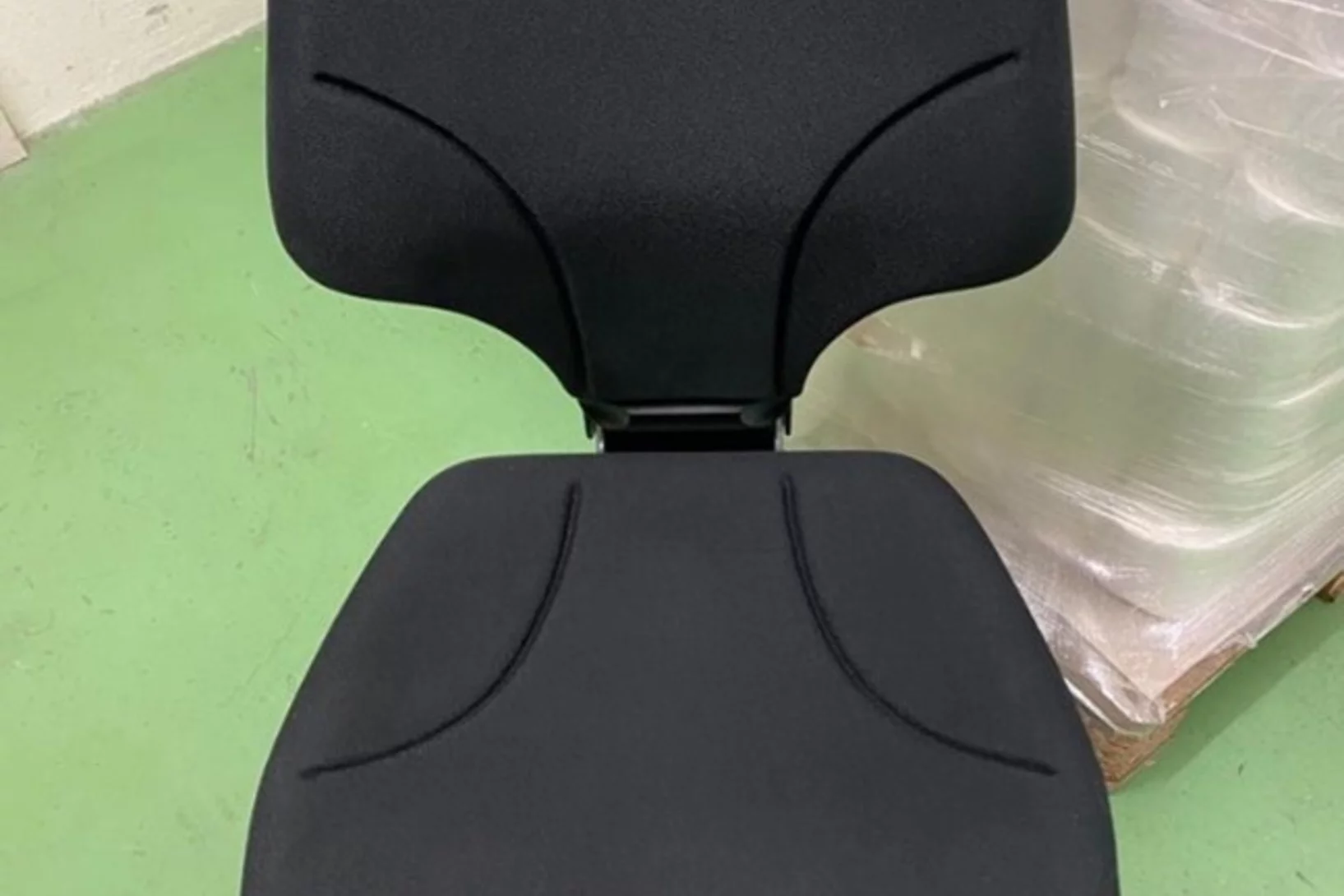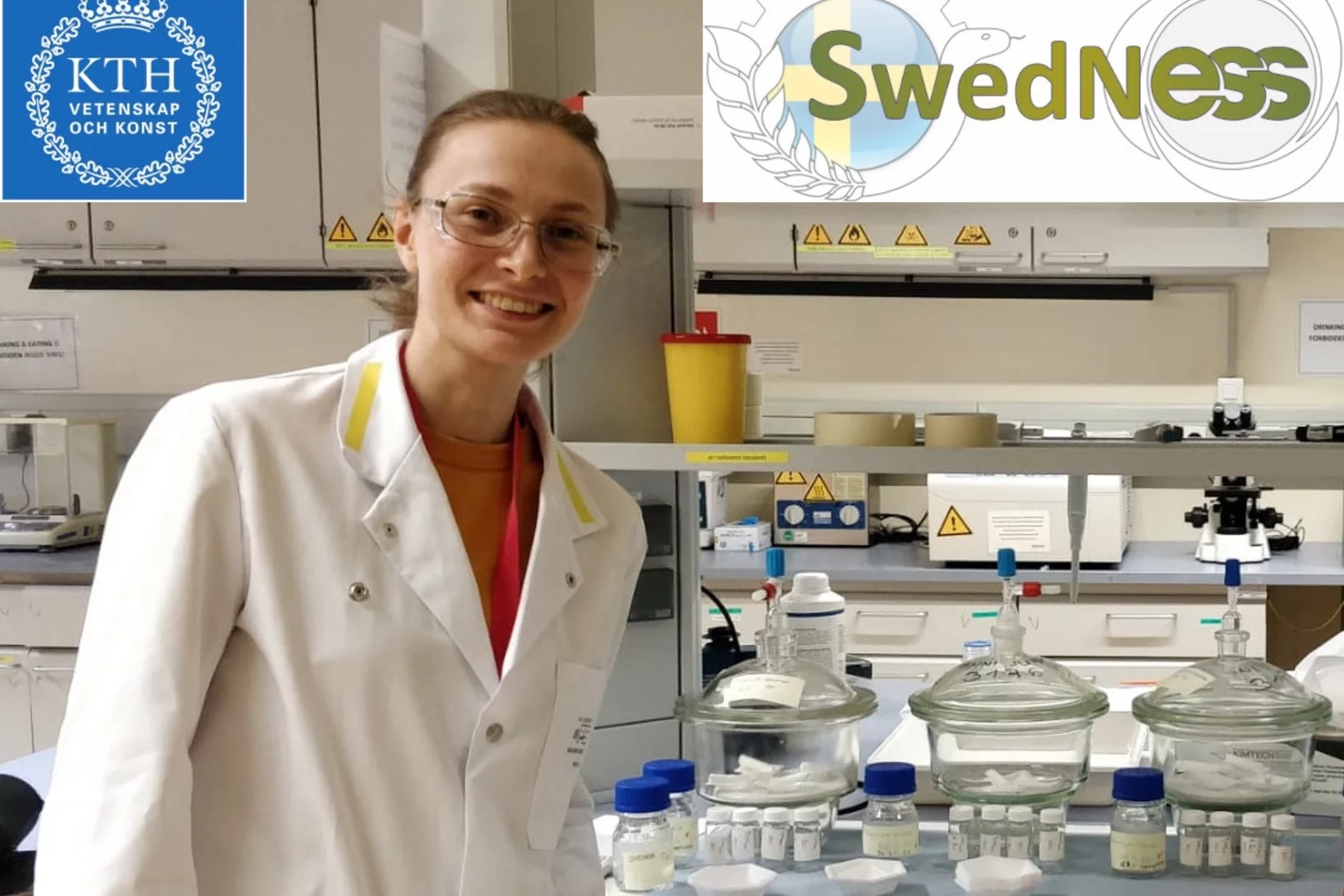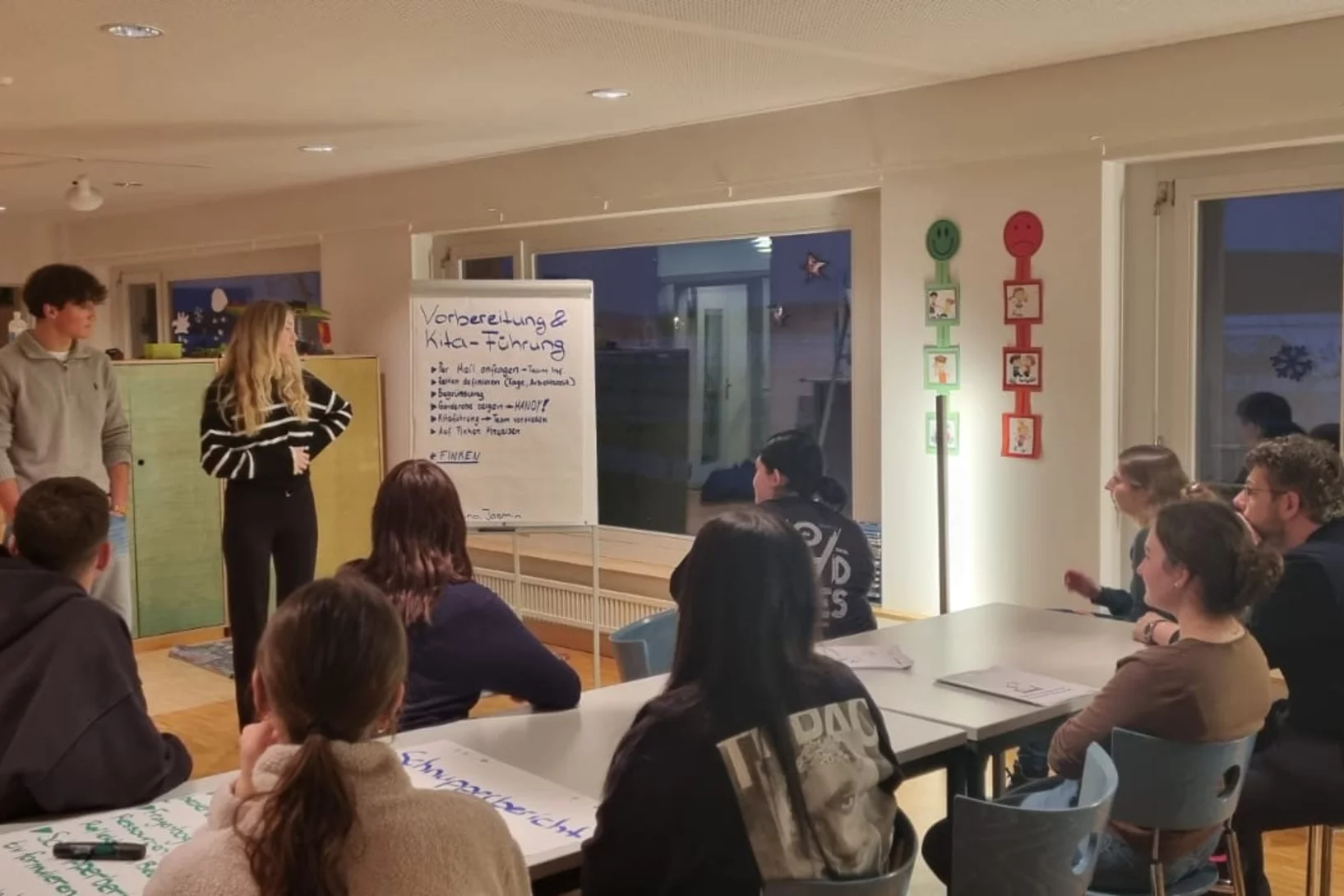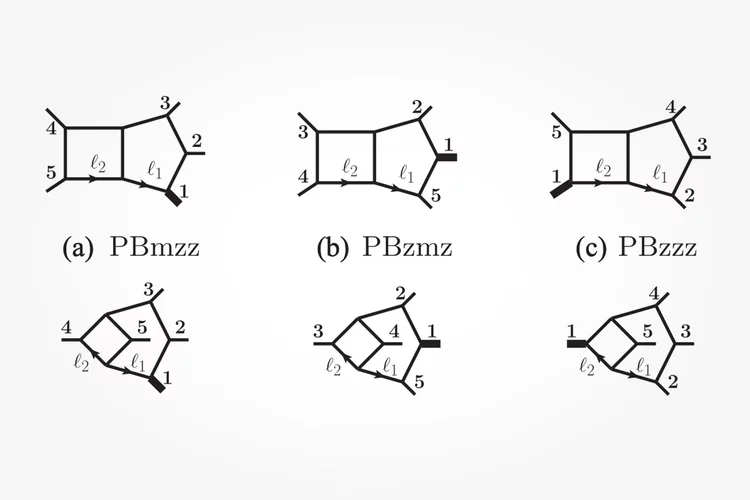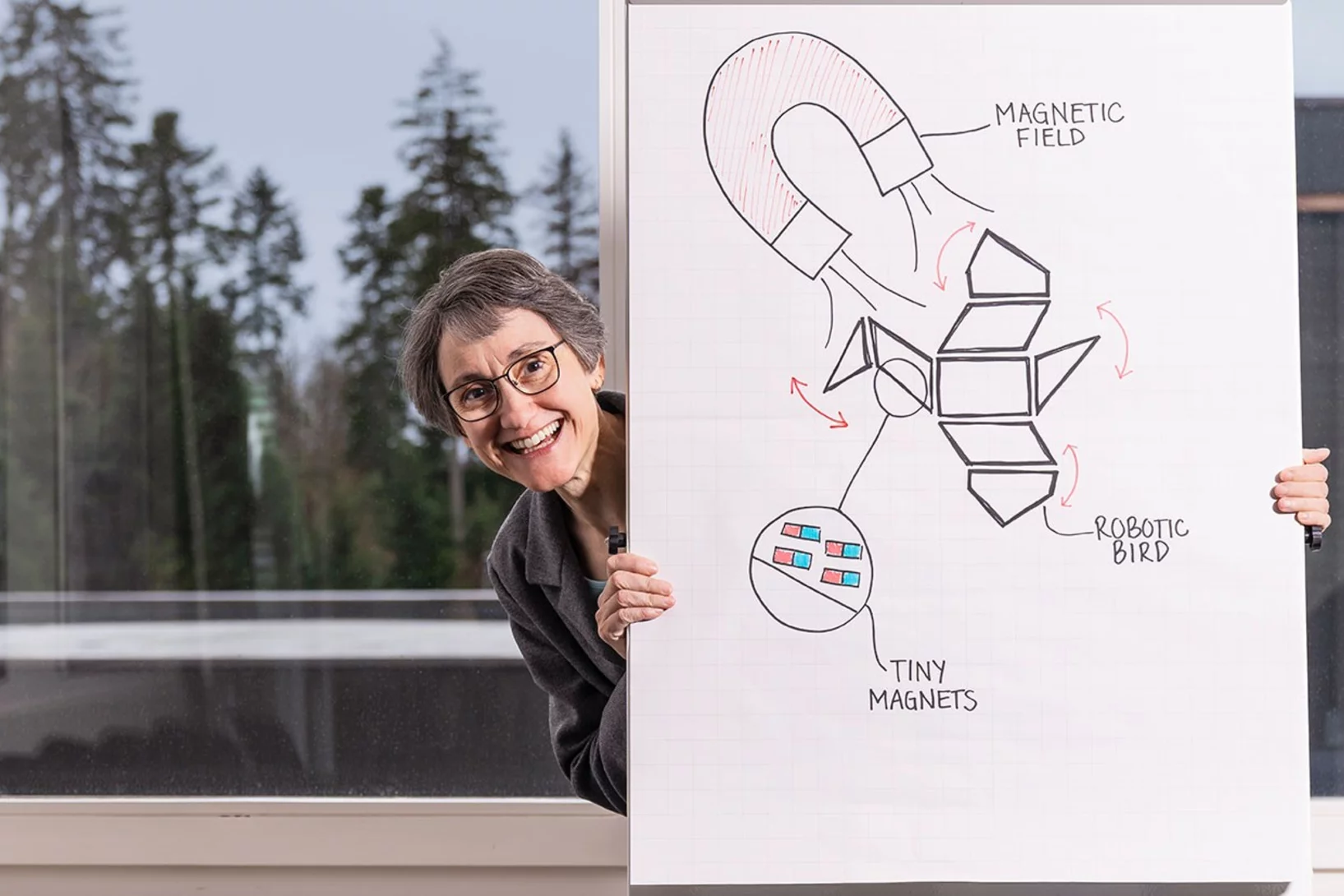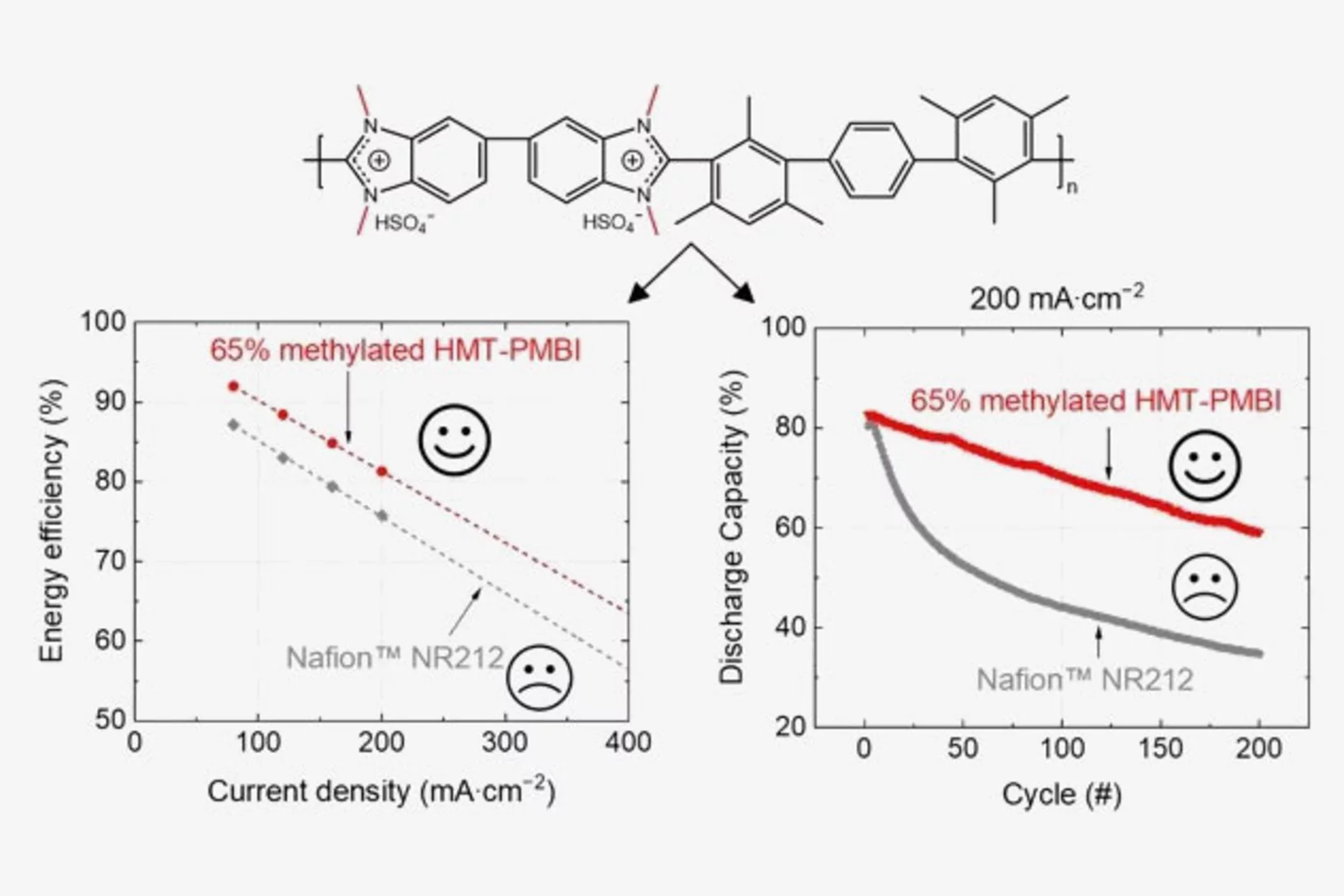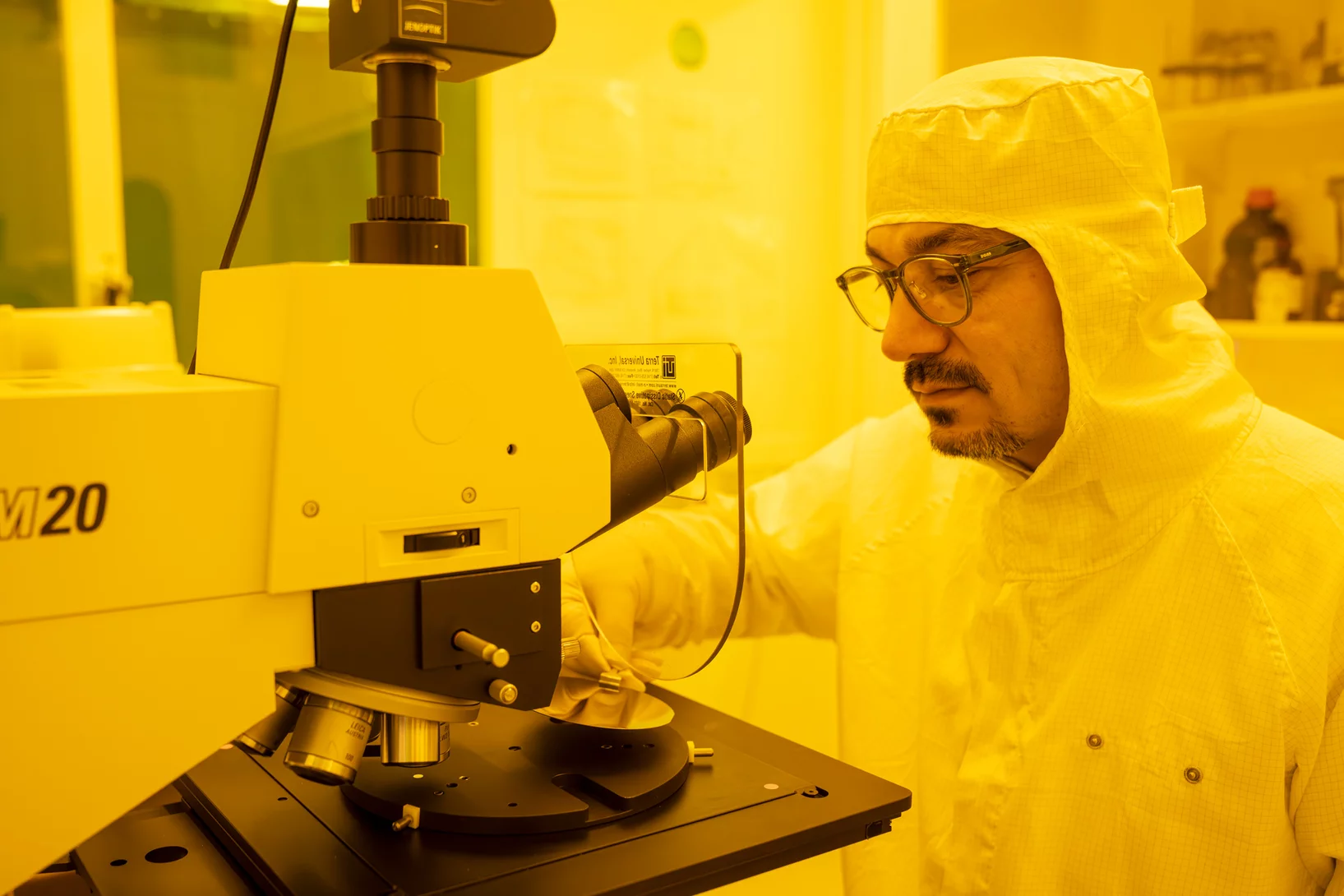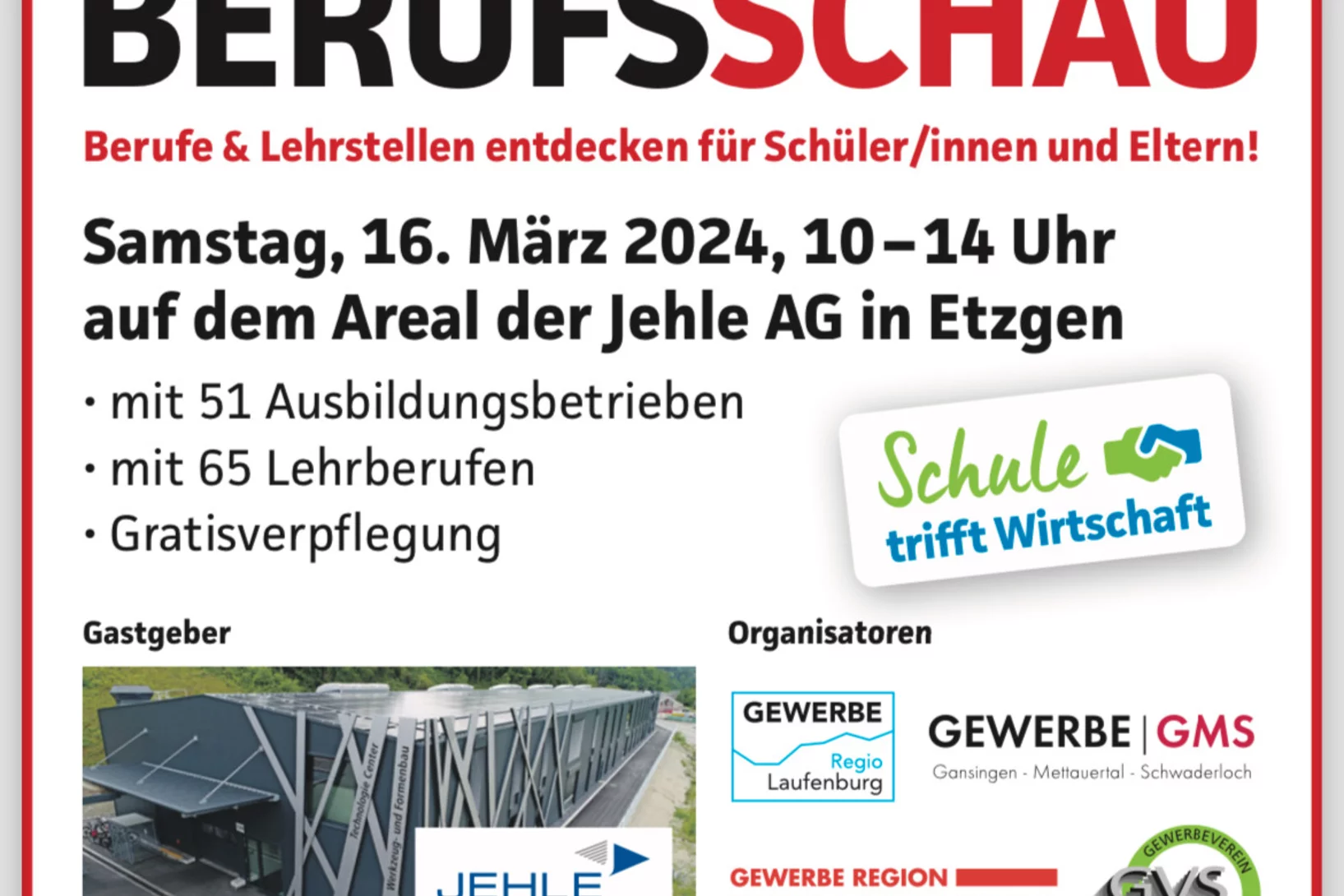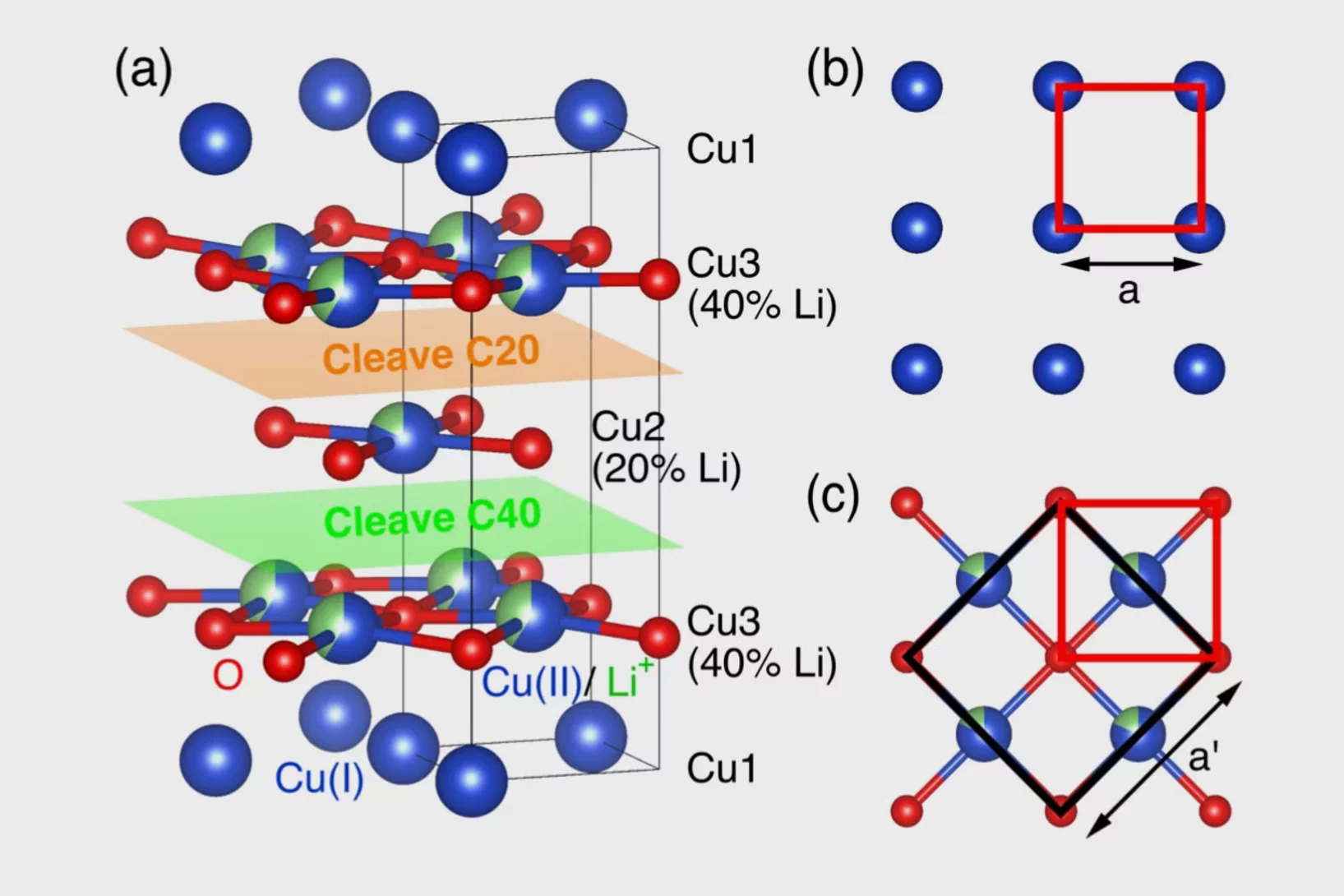Abkehr von der Kernenergie, Ausbau von Solar- und Windkraft, Energiegewinnung aus Biomasse, Senkung des Energieverbrauchs. Bis 2050 soll die Schweiz klimaneutral werden. Ein ehrgeiziges Ziel, welches durch die zunehmend herausfordernde geopolitische Lage dringlicher denn je geworden ist. Wie lässt sich in den nächsten Jahren eine nachhaltige und widerstandsfähige Energieversorgung für die Schweiz aufbauen? Wie können erneuerbare Energien optimal genutzt werden? Welche neuen Technologien sind besonders vielversprechend? Am PSI suchen Forschende nach Antworten auf diese entscheidenden Fragen.
Dr. Chiara Favaretto has been honored with the Alavi-Mandell Award 2024
We congratulate Dr. Chiara Favaretto for the excellent research work she did during her time at the Center for Radiopharmaceutical Sciences.
Grundlegend anders
Künstliche Intelligenz hilft dabei, unvorstellbar grosse Datenmengen effizient auszuwerten und das volle Potenzial der Grossforschungsanlagen auszuschöpfen.
Lieblingsgerichte aus aller Welt
Am PSI arbeiten Menschen aus 64 Nationen. Jeder und jede bringt selbstverständlich eigene kulinarische Vorlieben mit.
2024 Guido Altarelli Award to Javier Mazzitelli
The Guido Altarelli Award honours the memory of the late Guido Altarelli, one of the founding fathers of QCD, an outstanding communicator of particle physics, and a mentor and strong supporter of Junior Scientists.
Javier Mazzitelli has been awarded the 2024 Guido Altarelli Award in acknowledgement of his distinguished contributions to the field of particle physics. The Guido Altarelli Award is awarded every year to junior scientists for outstanding scientific contributions to the fields covered by the DIS Conference series.
Tips and Tricks for the Crystal Growth of Inorganic Materials
We are happy to announce that the call for abstracts for the Workshop on Tips and tricks for the crystal growth of inorganic materials is now open. The workshop brings together experts from the Solid State Chemistry and Condensed Matter Physics communities in order to discuss the accomplished progress and perspectives for future developments in the synthesis and crystal growth of materials with novel and interesting physical properties. The event will take place at the Paul Scherrer Institut (PSI), Switzerland, 26th-27th of August 2024.
Physik-Olympiade Schweiz
Für neugierige Lernende und Mittelschülerinnen und Mittelschüler. Ein Lernender des PSI war erfolgreich dabei.
Three-dimensional magnonics
Researchers from an international collaboration between Switzerland, Italy, and Germany have performed the first time-resolved imaging at sub-ns timescales of the three-dimensional propagation dynamics of a spinwave in a synthetic antiferromagnetic nanostructured device, opening up the possibility to investigate magnon dynamics in complex three-dimensional geometries.
Surface oxidation/spin state determines oxygen evolution reaction activity of cobalt-based catalysts in acidic environment
Co-based catalysts are promising candidates to replace Ir/Ru-based oxides for oxygen evolution reaction (OER) catalysis in an acidic environment. However, both the reaction mechanism and the active species under acidic conditions remain unclear. In this study, by combining surface-sensitive soft X-ray absorption spectroscopy characterization with electrochemical analysis, we discover that the acidic OER activity of Co-based catalysts are determined by their surface oxidation/spin state.
Eure Fragen zu Karriereberatung
‘Hast du Beispiele der wichtigsten Fragen und Antworten aus den Karriereberatungen? Worüber redest du mit den Nachwuchsforschenden? Was passiert, wenn ich nicht so recht weiss, welche Karriereunterstützung ich brauche? Was erwartet mich in einer Karriereberatung? Und worüber sprechen wir denn eine ganze Stunde?’
Hast du dich das auch schon gefragt, und bis jetzt keine gute Möglichkeit gefunden, diese Frage zu stellen? – Da andere die gleichen Fragen hatten, findest du es jetzt in diesem Blog Post heraus:
Musik mit Röntgenlicht retten
Die SLS spielt den «King of the Blues» – B.B. King! In Zusammenarbeit mit dem «Montreux Jazz Digital Project» werden am PSI historische Tonbänder digitalisiert.
Eine mögliche Abkürzung
Maschinelles Lernen und künstliche Intelligenz gehören heute zum Handwerkszeug der meisten Forschenden am PSI. Diese Methoden verändern die Wissenschaft teilweise grundlegend.
Lubna Dada
Bioaerosolen von Pflanzen auf der Spur, um Klimamodelle zu verbessern
Fortschritt durch strategische Zusammenarbeit
Das Paul Scherrer Institut PSI und das finnische Unternehmen PiBond arbeiten zusammen, um fortgeschrittene Halbleiterprodukte, die mit EUV-Lithografie hergestellt wurden, kommerziell zu nutzen.
Wareneingang im Zentrallager
Zurzeit bewirtschaften wir ca. 14'000 normierte Artikel. Wir vom Materialdienst haben den Überblick!
Hinter den Kulissen: Eine Aufgabe der Gebäudereiniger am PSI
Ein Teil meiner Arbeit ist das Extrahieren, was ist das?
Farewell of Agnes Åhl
From October 2023 to March 2024, Agnes Åhl, a SwedNess PhD student in the group of Lennart Bergström at the Stockholm University, absolved her external stay in the Soft Matter Group at LNS.
XL-Ausbildungssitzung
Eine Sitzung zum Austauschen, besprechen und reflektieren, gemeinsam mit den Lernenden und Berufsbildnerinnen.
All Two-Loop Feynman Integrals for Five-Point One-Mass Scattering
We compute the complete set of two-loop master integrals for the scattering of four massless particles and a massive one. Our results are ready for phenomenological applications, removing a major obstacle to the computation of complete next-to-next-to-leading order QCD corrections to processes such as the production of a H/Z/W boson in association with two jets at the LHC. Furthermore ...
Laura Heyderman
Wie baut man einen Mikroroboter, der sich magnetisch steuern lässt?
Collaboartion Meeting in Wengen
The Mu3e collaboration met four four days in Wengen. We discussed in detail the steps needed to build and integrate the detector and how to calibrate and control it. Further sessions were dedicated to on- and offline analysis of first data.
Polybenzimidazole Membrane Design Principles for Vanadium Redox Flow Batteries
Energy storage technologies with long storage duration are essential to stabilize electricity grids with a high share of intermittent renewable power. In a redox flow battery, the electrochemical conversion unit, where the charging and discharging reaction takes place, is spatially separated from the energy storage medium. In the all-vanadium redox flow battery (VRFB), a sulfuric acid aqueous electrolyte with dissolved vanadium ions is used as the storage medium. Vanadium is present in 4 different oxidation states, the redox couple vanadium(II) and (III) on the negative side of the cell, and vanadium(IV) and (V) on the positive side. This allows the battery to be repeatedly charged and discharged. A separator or membrane is used between the negative and positive electrode, which should selectively conduct the ions of the supporting electrolyte and minimize the passage of vanadium ions. Fluorinated membranes, such as Nafion™, are often used for this key component, but these ionomers were not originally developed for this application and therefore have functional shortcomings. Furthermore, the production and use of fluorinated materials is to be severely restricted or even banned in Europe. Therefore, the development of hydrocarbon-based membranes for the VRFB is of great importance. The study reported here focuses on polybenzimidazole polymers and membranes, which could be a promising materials class for next generation flow batteries.
Ein faszinierender Tag mit den ETH-Lernenden am PSI
ETH-Lernende erkunden das PSI: Spannende Vorträge, beeindruckende Führungen und Einblicke in den Lehrberuf KV. Ein Tag voller Entdeckungen und Austausch.
Neues Verfahren zur Herstellung von Halbleitern
Das Paul Scherrer Institut PSI arbeitet mit dem finnischen Unternehmen PiBond an der kommerziellen Nutzung hoch entwickelter Halbleiterprodukte, die mittels EUV-Lithografie hergestellt wurden.
Die Suche nach dem richtigen Beruf: Die Berufsschau in Etzgen bietet Orientierung
An der Berufsschau in Etzgen mit über 1000 Besucherinnen und Besucher wurden Weichen gestellt, das PSI war auch vor Ort!
High-resolution ptychographic imaging at a seeded free-electron laser source using OAM beams
Electromagnetic waves possessing orbital angular momentum (OAM) are powerful tools for applications in optical communications, quantum technologies, and optical tweezers. Now, a consortium of collaborators in France, Italy, Slovenia, Spain, Switzerland, Sweden, and the US reports on using such beams in the extreme ultraviolet region for ptychographic imaging in the cover page article of Optica 11, Issue 3. By controlling the topological charge, the researchers achieve an improvement of 30% in image resolution.
Ben Gayther successfully defends his thesis
Ben Gayther developed calibration algorithms, carried out detailed studies on the use of timing information in reconstruction, and contributed to the integration run at PSI. He has now successfully defended his thesis at University College London.
What will the SLS 2.0 upgrade mean for experiments?
Tighter beams, brighter light and extended photon energies open new experimental possibilities.
Collaboration Meeting in Wengen
The Mu3e collaboration met four four days in Wengen. We discussed in detail the steps needed to build and integrate the detector and how to calibrate and control it. Further sessions were dedicated to on- and offline analysis of first data.
Wie sauber ist Wasserstoff für die Energiewende?
Wasserstoff kann für den Übergang zu einem Netto-Null-Energiesystem von entscheidender Bedeutung sein – allerdings muss er dafür richtig produziert werden.
Electron Glass Phase with Resilient Zhang-Rice Singlets in LiCu3O3
LiCu3O3 is an antiferromagnetic mixed valence cuprate where trilayers of edge-sharing Cu(II)O (3d9) are sandwiched in between planes of Cu(I) (3d10) ions, with Li stochastically substituting Cu(II). Angle-resolved photoemission spectroscopy (ARPES) and density functional theory reveal two insulating electronic subsystems that are segregated in spite of sharing common oxygen atoms: a Cu dz2/O pz derived valence band (VB) dispersing on the Cu(I) plane, and a Cu 3dx2−y2/O 2px,y derived Zhang-Rice singlet (ZRS) band dispersing on the Cu(II)O planes.

